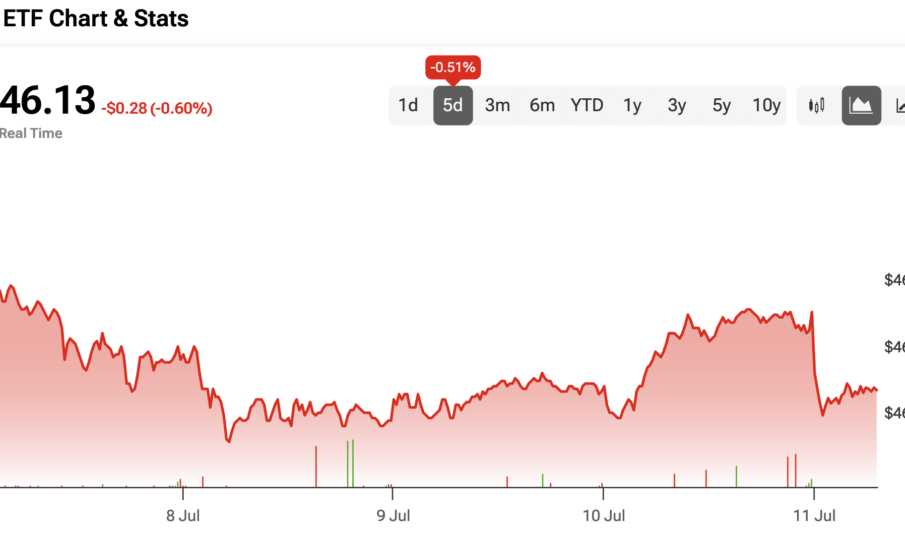The Importance of USMCA Goods in North American Trade

Introduction
The United States-Mexico-Canada Agreement (USMCA), implemented on July 1, 2020, represents a significant trade agreement that replaced the North American Free Trade Agreement (NAFTA). This trilateral pact is crucial for fostering robust trade relationships among the three North American nations: the United States, Canada, and Mexico. Understanding USMCA goods is vital, as it not only influences the economy of these countries but also impacts consumers and businesses through trade policies, tariffs, and regulations.
Key Provisions of USMCA Goods Trade
The USMCA introduces several important changes concerning goods trade that are designed to benefit all three member countries. One critical aspect is the rules of origin, which require that 75% of a vehicle’s content be made in the US, Mexico, or Canada, up from the previous 62.5% under NAFTA. This provision aims to promote local manufacturing and create more jobs within the region.
Moreover, the agreement strengthens labor and environmental standards, ensuring that goods produced under these regulations not only meet quality expectations but also adhere to fair labor practices. These measures enhance competitiveness while fostering sustainable practices across the manufacturing sector.
The Impact of USMCA Goods on Trade Relations
Since the implementation of the USMCA, trade flows have been influenced significantly. For example, data from the Office of the United States Trade Representative (USTR) indicates that total exports in goods between the member states saw a steady rise. In 2022 alone, merchandise exports from the U.S. to Canada were valued at approximately $269.2 billion, while imports reached around $200.3 billion.
The agricultural sector is also affected, as the USMCA provides new access for U.S. dairy and poultry producers to Canadian markets, which is expected to benefit American farmers. In addition, Mexico will witness reduced tariffs on goods such as pork and apples, driving higher sales of these products in Mexican markets.
Conclusion
The USMCA is shaping the future of trade in North America, and understanding its provisions regarding goods is key for businesses and consumers alike. As trade relationships continue to evolve, the impact of this agreement is expected to reverberate throughout various sectors, enhancing economic growth in all three nations. As the USMCA adapts to global developments, stakeholders must remain informed about potential changes that could affect market dynamics and trading conditions in the near future, ensuring they can capitalize on the opportunities that arise from this significant trade pact.


